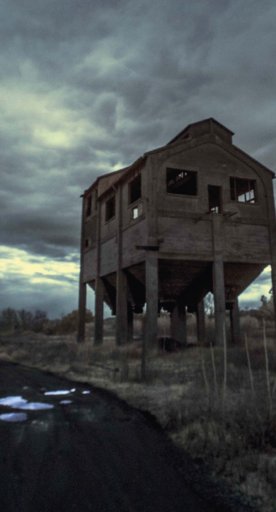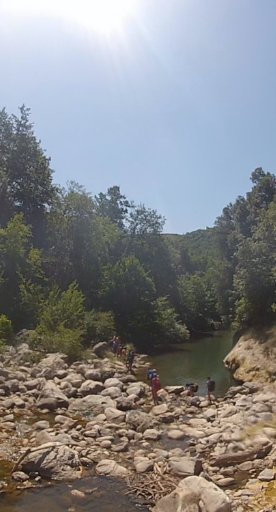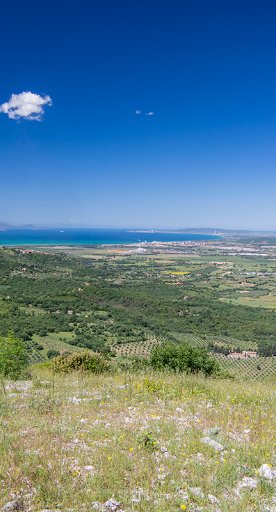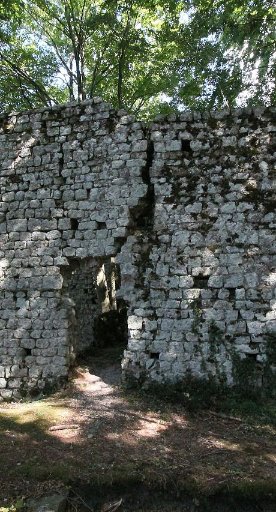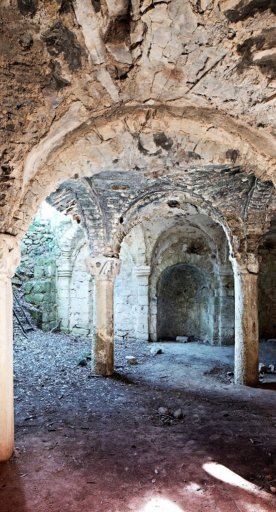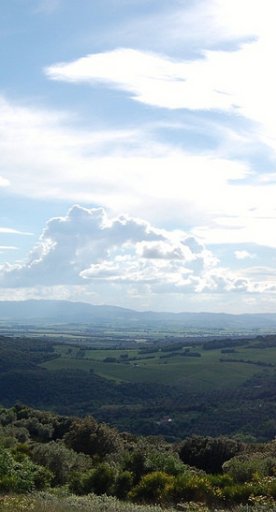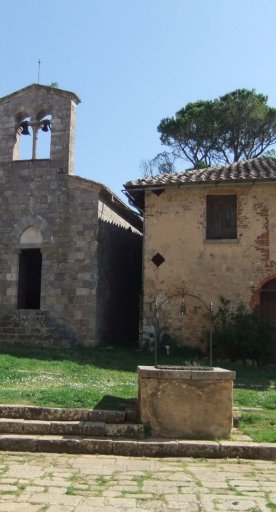Mill and ironworks of Torniella
A journey to discover ancient manufacturing techniques
Tucked away in the thick woods around the village of Torniella, in the Municipality of Roccastrada, are the ancient mill and ironworks which bear witness the area's iron and steel past. In fact, the abundance of water and wood made it possible to build several plants in this area to process iron mined on the island of Elba.
The complex is located in the valley of the Farma stream, on the edge of the Belagaio forest, and comprises several stone structures among which we can admire a large, well-preserved mill, built around the middle of the 13th century and used until fifty years ago.
About the ironworks, instead, there are written records from the early 1600s, although it appears to have been operating two hundred years earlier for the production of high quality iron. It was in operation until the late 1800s when it was then abandoned for good.
A small-sized museum has been set up inside the mill, a memory of an activity that has always characterized the territory of Roccastrada. In addition to various work tools, you can also admire a scale model of the entire area, which helps us understand the historical importance of this place.

